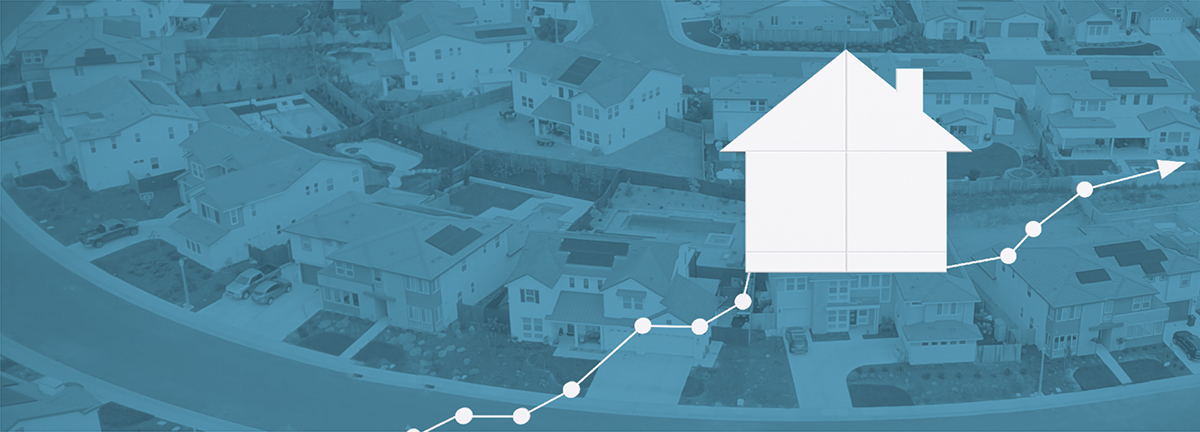There's No Place Like Home: Interest Rate Hikes and the Housing Market
 On June 15, 2022, the Federal Reserve raised its benchmark interest rate by three-quarters of a percentage point in an attempt to combat inflation. This was the steepest interest rate hike since 1994. Subsequently, on July 27, 2022, the Fed again raised its benchmark interest rate by three-quarters of a percent, and it is unlikely the last. Policymakers anticipate additional rate increases over the remainder of the year.
On June 15, 2022, the Federal Reserve raised its benchmark interest rate by three-quarters of a percentage point in an attempt to combat inflation. This was the steepest interest rate hike since 1994. Subsequently, on July 27, 2022, the Fed again raised its benchmark interest rate by three-quarters of a percent, and it is unlikely the last. Policymakers anticipate additional rate increases over the remainder of the year.
The Fed’s benchmark interest rate does not directly set interest rates for single-family home mortgages, but it does have a trickle-down effect. Mortgage lenders will reassess and recalculate their own interest rates, which will impact consumers and home affordability.
With additional rate increases on the horizon, it is important to understand where the real estate market has been and where it is likely going.
A Snapshot of the Single-Family Home Real Estate Market
Prior to June 15, 2022
Anyone attempting to purchase a single-family home over the past year encountered a seller’s market. In most instances, within just days of listing a home, the seller would secure multiple showings and offers. Buyers attempted to stand out by waiving inspections or agreeing to cover an appraisal gap. Over the course of the year, mortgage interest rates started to climb, but the demand for single-family homes did not subside.
After June 15, 2022
The Fed then increased the benchmark interest rate. In response, mortgage lenders started increasing interest rates for home mortgages. It is too soon to know how this will impact potential homebuyers. Some buyers may feel motivated to purchase a home now, before interest rates increase again. Other buyers, including first-time buyers, may be forced out of the market without the purchasing power the lower interest rates previously provided. Available inventory of single-family homes is another factor to consider. The increased interest rates may quell demand for homes, and potential sellers who locked in lower interest rates may now be unwilling to sell.
What does the Increase in Interest Rates Mean for Multifamily Apartments?
There are numerous reasons consumers decide to rent an apartment instead of purchasing a single-family home. Historically, those reasons included convenience and affordability. With an increase in the interest rates, affordability likely will play a large role in why consumers decide to rent instead of buy. With the increase in interest rates, consumers will need to purchase homes of lower value to contend with the new rates. As such, it is likely that consumers will hold off on purchasing single-family homes and continue to rent until the market becomes more favorable to buyers.
Conclusion
It will take time for the full impact of the Fed’s historic interest rate hike and any subsequent rate increases to unfold. But it is likely the single-family market will cool slightly as consumers engage in a cost-benefit analysis and opt to rent instead of buying a home. Moss & Barnett’s Real Estate Finance group will continue to monitor these real estate market trends and advise clients accordingly.
